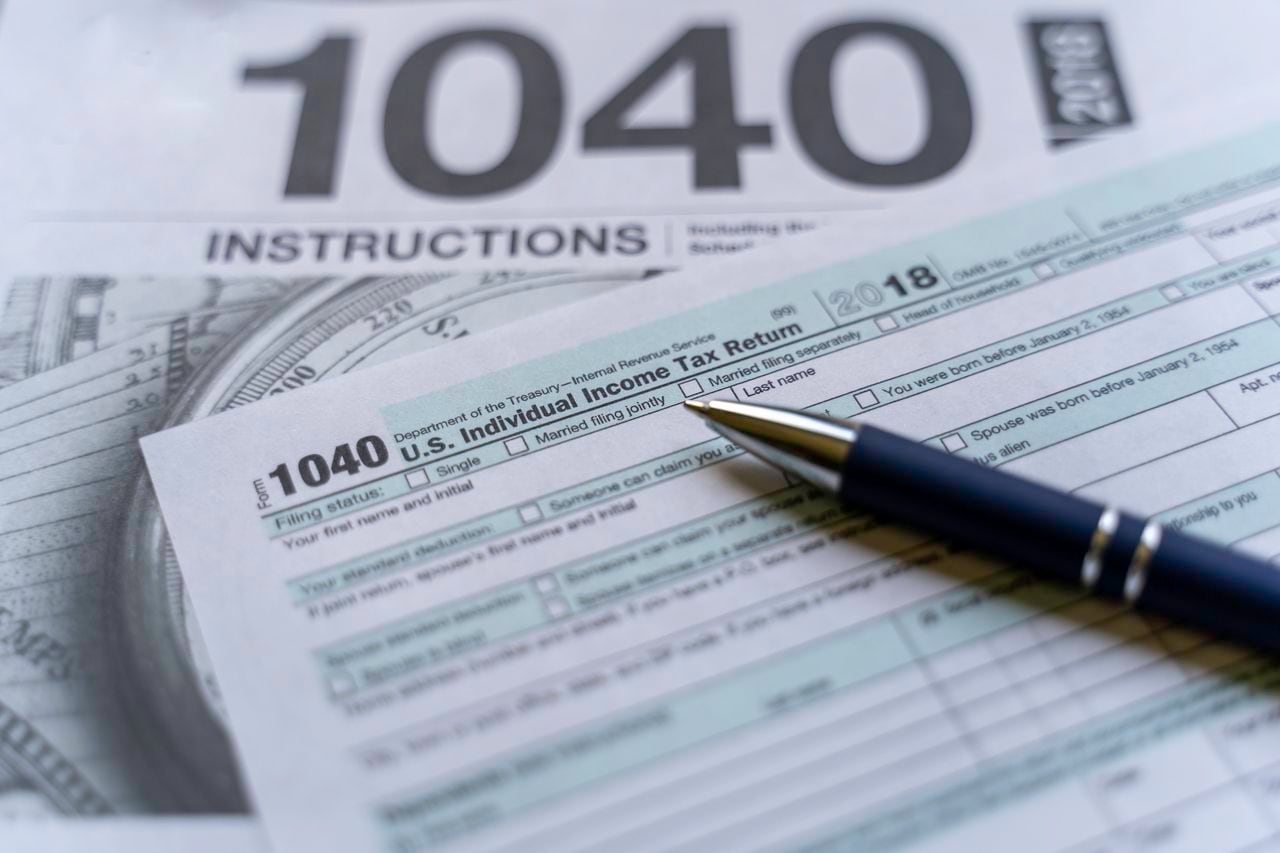When will the IRS start accepting tax returns?
It’s the start of the new year and that means tax season is just around the corner.
Last year, the Internal Revenue Service began accepting and processing tax returns on Monday, Jan. 23. A date for this year’s official start hasn’t been announced yet but is expected to be around that time.
“Later this month, the IRS anticipates announcing a start date for the 2024 filing season when the agency will begin accepting tax returns,” the IRS said in a recent statement.
Some tax preparers have already started processing returns to be forwarded to the IRS once the date arrives. The deadline for W-2s from employers is Jan. 31.
What taxpayers should be doing now
While waiting for filing season to start, the IRS recommends visiting the Get Ready page on IRS.gov for steps taxpayers can be taking now.
Here are some of the suggestions:
Can Interactive Tax Assistant help you?
The Interactive Tax Assistant is a tool on IRS.gov that can help taxpayers with various tax law questions, including: who needs to file a tax return, the best filing status to use, who can claim a dependent, and who is eligible to claim a credit or deduct certain expenses.
Earned Income Tax Credit Assistant
The Earned Income Tax Credit, or EITC, helps low- to moderate-income workers and families get a tax break. EITC can reduce taxes owed and may give taxpayers a larger refund. Taxpayers can use the EITC Assistant to determine if they are eligible, if they have qualifying children or relatives, amount of their credit and what filing status they should use.
Where’s my refund?
Once tax season starts, most refunds are issued within 21 days. Taxpayers can use Where’s My Refund? to check the status of their 2023 income tax refund within 24 hours of e-filing. Refund information is normally available after four weeks for taxpayers that filed a paper return. Information on Where’s My Refund? will update overnight so there is no need to check the tool more than once a day. Remember, however, filing credits such as EITC will delay your refund due to security checks.
IRS Individual Online Account
Taxpayers with a Social Security number or an Individual Taxpayer Identification Number can create or access their IRS Individual Online Account to get information they need to file their return. The account allows people to view balances and payment history, cancel scheduled payments, get transcripts, create payment plans, see digital copies of some IRS notices and more.
Identity Protection PIN
An Identity Protection PIN is a six-digit number that prevents someone else from filing a tax return using a taxpayer’s Social Security number or Individual Taxpayer Identification Number. The IP PIN is known only to the taxpayer and the IRS. It helps the IRS verify the taxpayer’s identity when they file an electronic or paper tax return.
The fastest way to receive an IP PIN is to use the online Get an IP PIN tool which will be available Jan. 8 through mid-November. Taxpayers who want an IP PIN and do not already have an Individual Online Account on IRS.gov, must register to confirm their identity.
